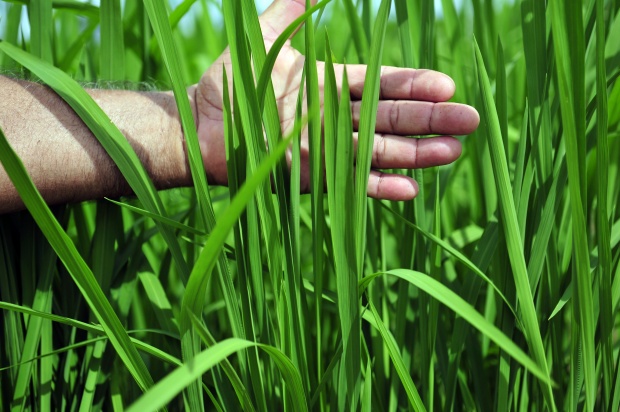Climate change adaptation and mitigation requires climate-smart agriculture. Efforts are growing guided by a target of 11 million farms using climate-smart techniques, to be achieved by 2022. Here is how.
We proudly present some of our recent achievements that show how CCAFS and partners help farmers cope with climate change.
Related topics: Investment in Climate-smart Agriculture: Why Do it Now – Guiding investments in climate-smart systems – Climate-Smart Village Cauca
In the Exposure story below, read about our top 12 recent outcomes that show how we’re getting closer to to the target of 11 million farm households adopting climate-smart agriculture by 2022.
We are moving closer to achieving climate change adaptation around the world, as shown by the following results:
- Kenya: State Department of Livestock catalyzes investments of USD 223 million in the dairy sector
- Rwanda: Face-to-face training on climate services reaches 106,000 farmers
- Ghana: Informing the adoption of a public-private partnership business model for climate information services
- Ghana: CCAFS science supports COCOBOD Ghana steps towards climate-resilient cocoa production for 800,000 farmers
- CCAFS knowledge and evidence inform World Bank investments in agricultural development
- Root Capital uses CCAFS data to evaluate 251 loans including 199 for coffee worth 146 million USD
- Latin America: Agro-climatic services help 500,000 farmers better plan their crops
- Colombia: NDC mitigation options are refined and a sustainable livestock strategy is developed
- Colombia: CCAFS science informs the national Green Growth Policy
- Nepal: Two states implement Climate-Smart Villages, aiming to reach 6,000,000 farmers
- Thailand: EUR 15 million invested for mitigation action in the rice sector
- Vietnam: 600,000 hectares of rice are planted earlier to avoid the risk of salinity intrusion from the 2019 El Niño
About the author: Lili Szilagyi is the Communications Consultant for the CCAFS Flagship on Priorities and Policies for CSA and the CCAFS Flagship on Low Emissions Development.
EDITOR’S NOTE: The opinions expressed here by Impakter.com columnists are their own, not those of Impakter.com. Photo Credit: N. Palmer (CIAT)











